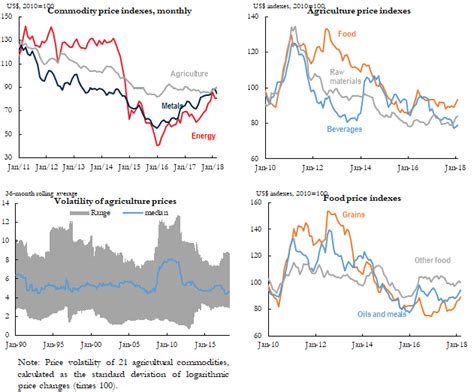The Double-Edged Sword of Cryptocurrencies: A Look at the Relationship Between Cryptocurrencies, Fiat Currencies, and Price Volatility
In recent years, cryptocurrencies such as Bitcoin (BTC) and Ethereum (ETH) have garnered considerable attention due to their potential to disrupt traditional financial systems. However, one aspect that has not been adequately explored is the complex interplay between these digital currencies, fiat currencies, and price volatility. In this article, we will delve into the relationships between cryptocurrencies, fiat currencies, and price volatility, exploring both the pros and cons of each.
What are fiat currencies?
Fiat currencies, also known as paper currencies, are issued by central banks or governments to represent the official currency of a country. They have no intrinsic value but are backed by government guarantees, making them widely accepted as a means of payment. Fiat currencies include the US dollar (USD), the euro (EUR), and the Japanese yen (JPY).
The relationship between cryptocurrencies and fiat currencies
Cryptocurrencies operate on a decentralized network, allowing individuals to buy, sell, and exchange digital assets without the need for intermediaries such as banks or governments. However, this also means that cryptocurrencies are not backed by a physical commodity or fiat currency.
As a result, their value is largely determined by supply and demand in the market, rather than any inherent economic value. When interest rates rise in a fiat economy, it can lead to higher prices for commodities such as gold, which has historically been considered a store of value. Similarly, when the US Federal Reserve raises interest rates, the value of the dollar relative to other currencies can decrease.
This means that the price of cryptocurrencies like Bitcoin and Ethereum is closely tied to the performance of traditional assets like gold and oil. As a result, investors often view them as a hedge against inflation or economic uncertainty. However, this can also create significant price volatility, as sudden changes in market sentiment can cause prices to fluctuate rapidly.
Price Volatility: A Double-Edged Sword
The price volatility of cryptocurrencies is often compared to that of traditional stock markets. While stocks have historically been more volatile due to factors like stock market speculation and economic uncertainty, cryptocurrencies are also subject to extreme price swings.
There are several reasons why cryptocurrency prices can be so volatile:
- Lack of Regulation: The cryptocurrency market is still largely unregulated, meaning there is no single authority overseeing the space.
- Limited Liquidity

: Cryptocurrency markets often lack liquidity compared to traditional financial markets, making it difficult for investors to buy or sell assets quickly and at a fair price.
- Speculation: Many investors are attracted to cryptocurrencies because of their high return potential, which can lead to speculation and overspeculation in the market.
However, while price volatility is one of the downsides of investing in cryptocurrencies, it also offers traders the opportunity to make quick profits from rising prices or by buying low and selling high.
PoW: Energy-Backed Blockchain
One of the most significant advantages of cryptocurrencies like Bitcoin and Ethereum is their decentralized architecture, which relies on a network of computers (PoW) to secure transactions. PoW involves complex algorithms that validate transactions and control the creation of new coins or tokens.
The energy consumption required to power this infrastructure can be significant, especially in countries with limited renewable energy resources. This has led some experts to argue that the development of cryptocurrencies like Bitcoin could worsen climate change if not managed sustainably.
